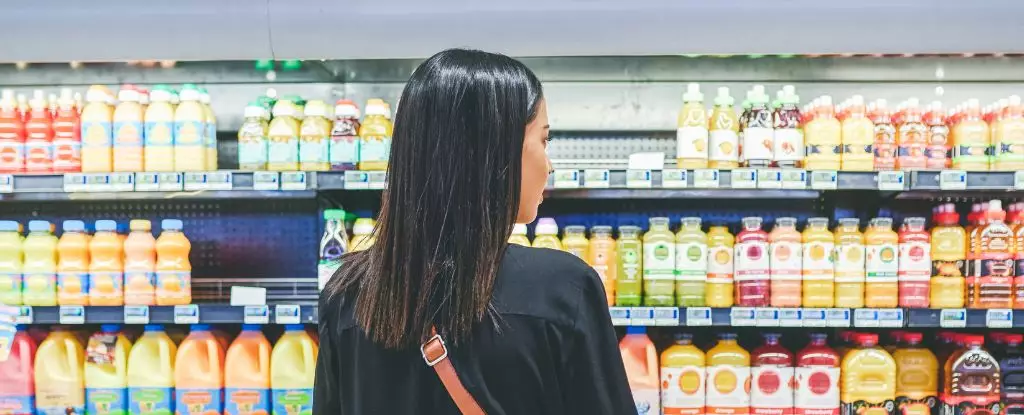Recent research out of France has raised alarm bells regarding the microplastics present in beverages, particularly those served in glass containers. The study, conducted by France’s National Food Safety Agency (ANSES), appears to upend conventional wisdom about packaging safety. While many consumers gravitate towards glass bottles believing they are a healthier choice than plastic, the truth is unsettling: glass may actually be more contaminated with microplastics than its plastic counterparts. This revelation forces us to question not just our material choices, but also the potential risks they carry for our health and well-being.
Methodology and Surprising Results
Diving into the methodology, a team of researchers focused on measuring the prevalence of microplastics found in a variety of drinks sold within French markets. An extensive array of beverages was examined, from fizzy sodas and flavored teas to classic beers and even wines. To everyone’s astonishment, the data revealed that the concentration of microplastics in glass bottles was anywhere from five to fifty times higher than that which was found in plastic or metal containers. Specifically, soft drinks yielded an average of 100 microplastic particles per liter in glass bottles, a detail that is as shocking as it is critical.
The lead researcher, Guillaume Duflos, and his team expected the opposite result. Contrary to presupposed wisdom, which often associates glass with purity, it turns out that tiny imperfections in the paint of bottle caps were identified as culprits. These scratches, albeit invisible to the naked eye, likely release microscopic plastic particles into the drinks. The unforeseen findings challenge both manufacturers and consumers to reconsider the implications of their choices.
The Broader Implications for Public Health
Though the study pauses short of definitively linking microplastics to adverse health effects, its findings contribute to an ever-growing body of research that points to a concerning reality: microplastics are becoming an intrinsic part of our food and drink. The lack of a comprehensive health reference level for microplastics complicates matters further; without established guidelines, it is nearly impossible to assess what concentration could pose a threat to human health. The reality is we are navigating uncharted waters—possessing only fragments of evidence against extensive exposure to these pollutants.
What makes this situation even more intolerable is the apparent indifference from beverage manufacturers. While there are simple cleaning methods that can reduce contamination, such as air-blowing and rinsing bottle caps, there remains an uncomfortable silence from the industry about taking aggressive measures to mitigate the release of microplastics. Given the ease with which these solutions can be implemented, the lack of action speaks volumes about corporate priorities that often place profit over public safety.
The Consumer’s Dilemma
As consumers, we face an uncomfortable dilemma. On one hand, the marketing campaigns promoting “natural” or “healthier” options often draw us toward glass bottles. On the other hand, the science suggests that we’re potentially choosing the more contaminated option unknowingly. The cognitive dissonance here is palpable; we seek out sustainability and health, yet end up exposed to harmful substances that could potentially compromise our physiological well-being. It raises the question: how do we make informed choices in an environment rife with misinformation?
The imperative for consumer awareness has never been more clear. We must demand transparency from beverage manufacturers and push for rigorous testing and labeling of all packaging materials. The protection of public health should not only be a priority for policymakers but should also be ingrained in the corporate philosophy of those navigating the complex food and beverage landscape.
Our responsibility as informed consumers is to question, to inquire, and to seek clarity on what lies behind the drinks we readily consume. As researchers continue their work in this burgeoning field, it will be up to us to stay vigilant, as the specter of microplastics looms ominously over our collective health.

